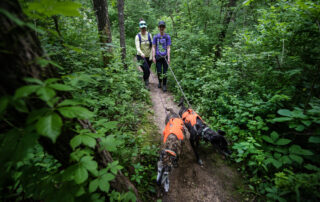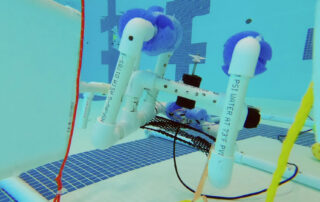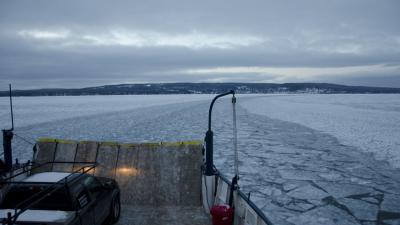Since 1897, the small community of Williams Bay on the shores of Lake Geneva have provided an astronomical amount of information about outer space. Dr. Amanda Bauer is the first female head of science at Yerkes Observatory in 125 years.
The observatory is known for having the world’s largest refracting telescope, and the last one ever built. It first opened its eye on the sky when William McKinley was President. The dome surrounding this behemoth moves 360 degrees, allowing the telescope to point in any direction. The entire 90-foot-wide observatory floor acts as a giant elevator, the largest in Wisconsin, to lift astronomers up to the great telescope and into the heavens.
As the new Deputy Director of Yerkes Observatory, Bauer’s first job was to make sure the three main telescopes, which hadn’t been used in years when she took the job, still functioned.
Bauer’s area of expertise is galaxy evolution. She joins a long list of astronomers who have peered into the galaxy with this exact telescope including Edwin Hubble, namesake of the Hubble Space Telescope, Nancy Grace Roman, the first chief of astronomy at NASA, Carl Sagan and Albert Einstein.
Today, Bauer hopes to lead a team that will reinvigorate the observatory’s historic research program. There’s an opportunity now to use these telescopes to train the next generation of students. In 2020, the Yerkes Future Foundation bought the observatory from the University of Chicago and renovated it. The modern-day purpose is to bring research, art and culture together to address big questions.
Now, visitors to the observatory can get a sense of the magnitude of the discoveries that were made here over the past 125 years. And they might just meet a ukulele playing astronomer named Amanda Bauer who reaches for the stars and sings about wanting to go to space.







